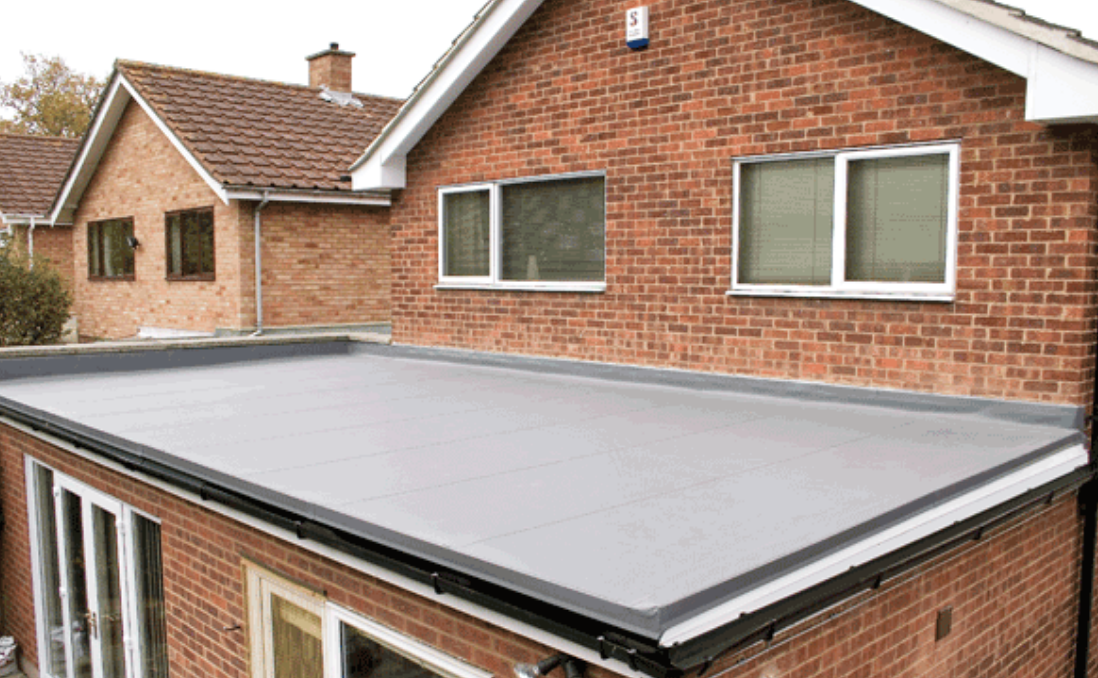
When choosing a flat roof for your building, you’ll find several options available, each with its strengths and weaknesses. Listed below are some of the different options: Built-up roofing, Modified bitumen, EPDM, and TPO. All of these materials offer other functionalities and quality. Learn about each one in this article, then decide which suits your building. Let’s get started!
Built-up roofing
Despite its comparatively short lifespan, built-up flat roof construction St. Louis County, MO, is a wise choice. These roofs are generally durable, lasting as long as 20 or 40 years if installed correctly. Although you should inspect your roof for cracks and pools of water every year, you will rarely need to replace it for many years. Here are some benefits of built-up flat roof construction. Read on to learn more.
A built-up roof is one of the oldest forms of roofing used in the U.S. for more than 100 years. It is often called “tar and gravel” roofs and consists of alternating layers of bitumen and reinforcing fabrics. A cross-section indicates the number of plies; the bottom-most ply is the base sheet. Once applied to a building’s roof deck and insulation, a built-up roof is considered fully adhered.
Modified bitumen
If you’re considering using modified bitumen for flat roof construction, you’ll need to know its benefits and installation methods. Bitumen is a highly waterproof, sticky, and viscous substance that’s a vital component of asphalt. It is widely used in paving and construction and has many other applications. As a result, modified bitumen is one of the most versatile construction materials available.
The essential factors in choosing between TPO and Modified Bitumen roofing are the quality of the materials used. Professional roofing contractors know which suppliers to use and how to install TPO properly. Once you’ve decided which type of material is right for your building, you can look into other factors, like the location and the weather. These will help you decide which roofing material will best fit your needs. If you’re in the market for a new flat roof, you’ll want to consider TPO over Modified Bitumen.
EPDM
EPDM is a synthetic rubber membrane used in approximately 20 percent of all low-slope roof installations in North America. EPDM is a more common choice in colder climates than in warmer ones, where reflective white membranes are more common. EPDM flat roofs can be challenging to maintain, and uncured or semi-cured material can deteriorate quickly. When installing single-ply roofing systems, infinite Roofing and Construction uses a comprehensive safety plan. The safety plan for single-ply EPDM roofing is extensive and identifies the potential for accidents before any work begins.
Although EPDM flat roofs are quite durable, it is still possible for bubbles and blisters to occur. While these issues are not critical to the integrity of an EPDM flat roof, they can harm the aesthetic appeal of a building. Although bubbles should be left alone, blisters should be addressed if they appear on seams or the membrane itself. Further, …